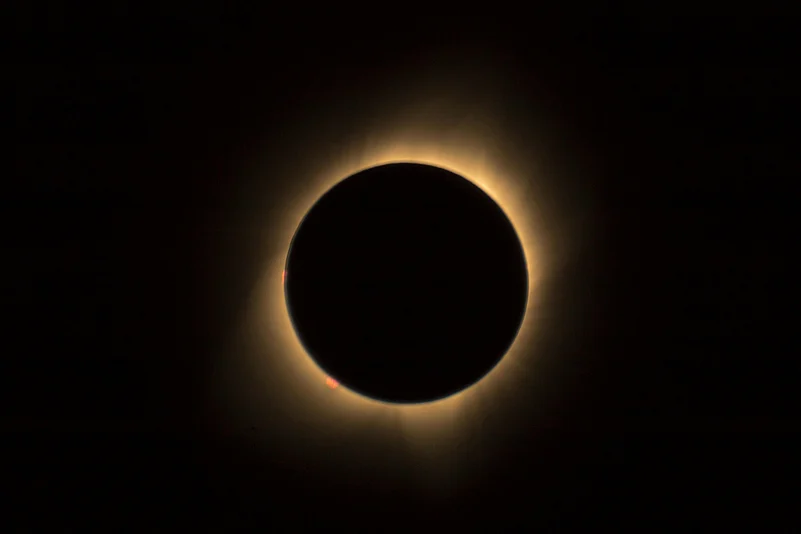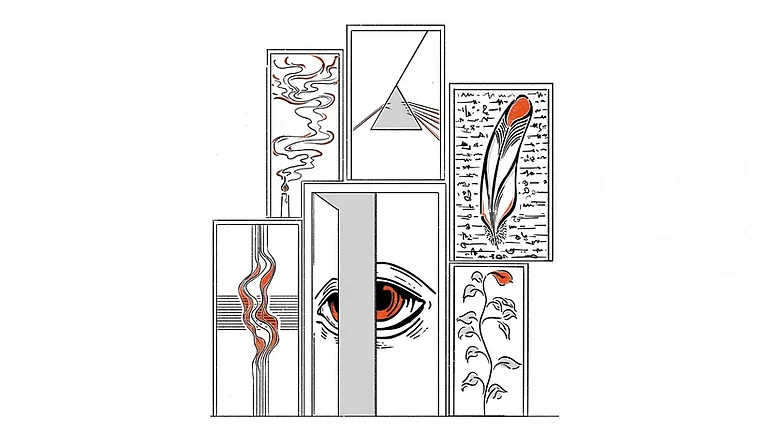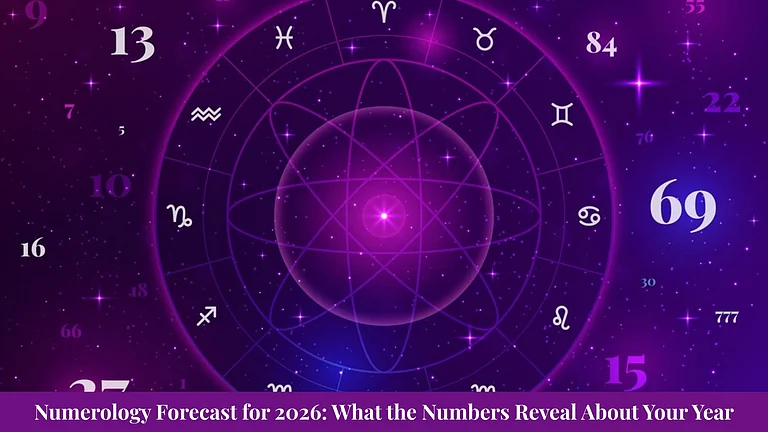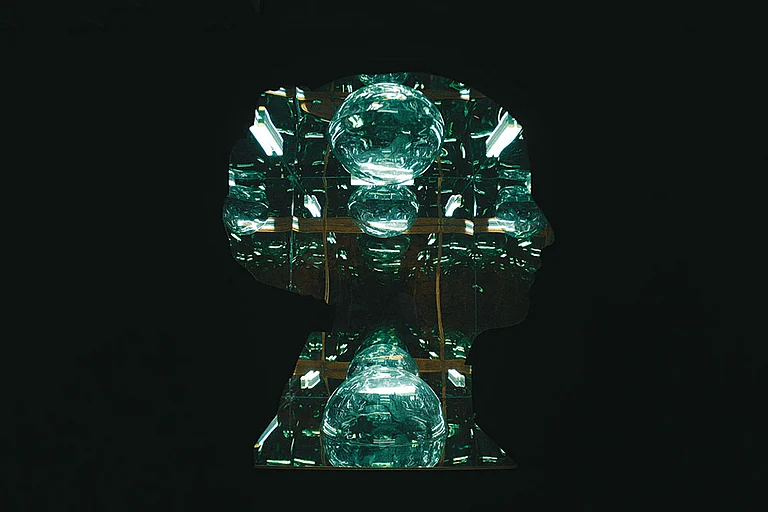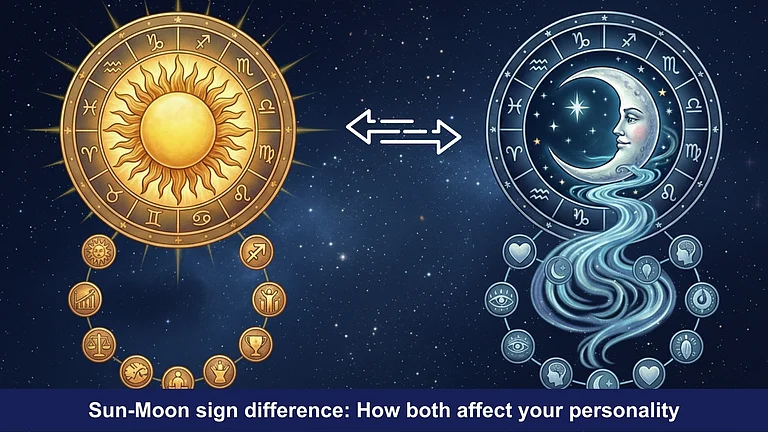A solar eclipse is set to occur today, as the Sun, Moon, and Earth will align in a straight line. This alignment will temporarily darken parts of the Earth during the day as the Moon will completely block the Sun for about four minutes.
National Aeronautics and Space Administration (NASA) will be live streaming the total solar eclipse. The space agency will start its live stream today at 10:30 pm IST and continue until 1:30 am IST.
As scientists and researchers worldwide get ready to study the first solar eclipse of 2024, the Indian Space Research Organisation's (ISRO) solar observatory Aditya L1 might not be catching the phenomenon.
Also Read |Eat Right to Fight Climate Change
The satellite's exclusion from observing the eclipse isn't due to an error by ISRO. Instead, the satellite is strategically positioned to provide an uninterrupted, 24x7, 365-day view of the Sun. The Indian scientists selected this location to ensure that the satellite's perspective is never obstructed by an eclipse.
"Aditya L1 spacecraft will not see the solar eclipse as the moon is behind the spacecraft, at the Lagrange Point 1 (L1 point), the eclipse that is visible on Earth doesn't have much significance at that location," ISRO chairman S. Somanath told NDTV.
Aditya L1 orbits in a halo around the Lagrange point 1 (L1) of the Sun-Earth system, approximately 1.5 million kilometres from Earth. This positioning allows the satellite to continuously monitor the Sun without experiencing occultation or eclipses, offering a great advantage in observing solar activity and its impact on space weather in real-time.
Researchers worldwide are planning various methods to study the eclipse's effects. This includes launching rockets into the eclipse path, observing animal behaviours in zoos, using radio signals, and space telescopes to gather comprehensive data.
Europe's Solar Orbiter, which conducted its closest approach to the Sun on April 4, will also have its instruments activated. It will be observing the Sun side-on compared to our perspective on Earth.
About Solar Eclipse 2024:
A solar eclipse occurs when the Moon moves between the Earth and the Sun, temporarily blocking the Sun's light either partially or entirely. This creates a shadow on Earth known as the "path of totality," a narrow band that moves across the surface during the eclipse.
The path of totality will stretch approximately 185 kilometres across Mexico, the US, and Canada. In this area, people are eagerly awaiting the sight of a darkened sky during the day resembling dawn or dusk. Outside the path of totality, observers will only see a partial eclipse.
An estimated 31.6 million people live in the path of totality for 2024’s solar eclipse, compared to 12 million during the last solar eclipse that crossed the U.S. in 2017, per NASA. However, it won't be visible to skywatchers in India.






